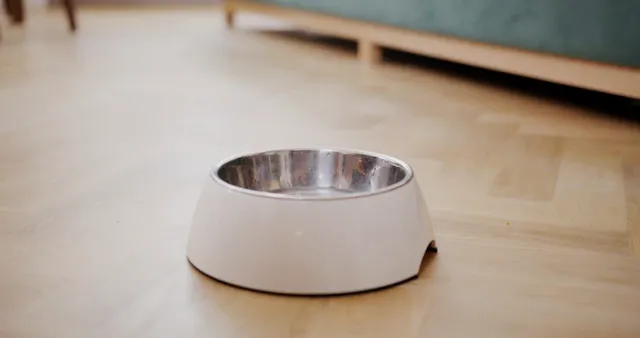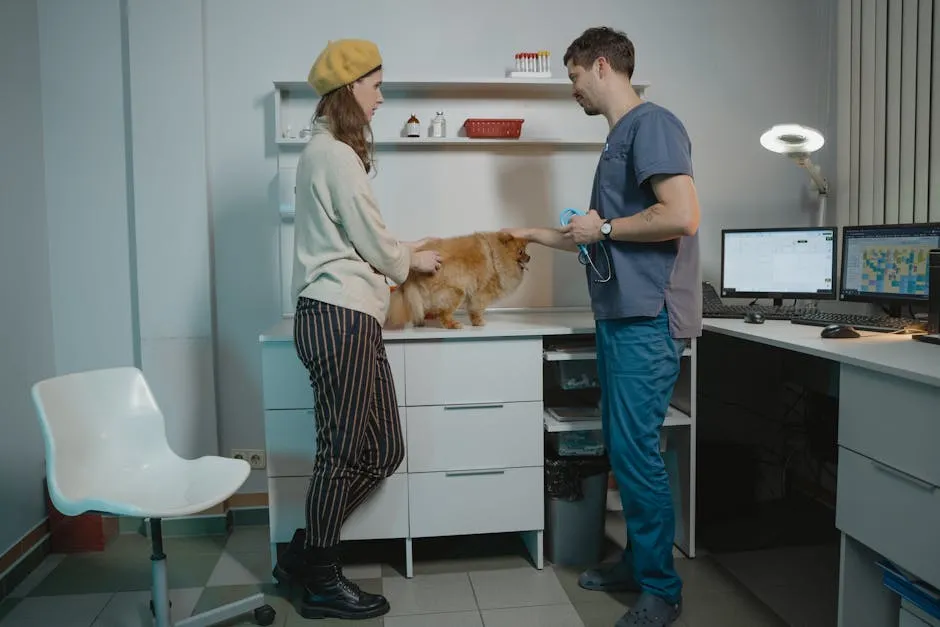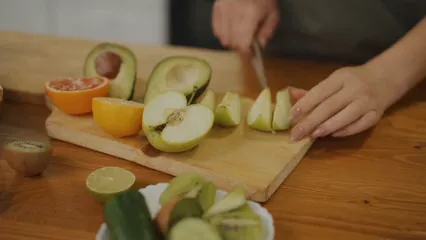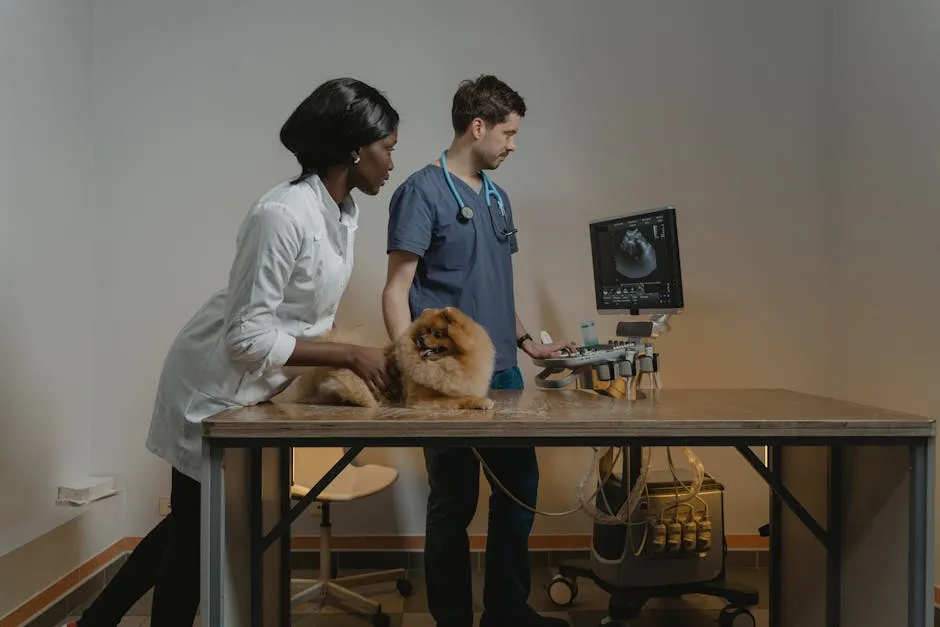Introduction
Switching your dog to a raw food diet can be exciting! This approach focuses on feeding fresh, unprocessed ingredients. Understanding the transition period is crucial for success. It helps your dog adapt smoothly to their new meals. A raw diet can lead to improved energy, better digestion, and healthier skin. Let’s dive into how to make this transition work for your furry friend!
But before you dive in headfirst, make sure you’re equipped with the right tools! A Dog Food Storage Container is a must-have for keeping your raw ingredients fresh and free from pesky critters. Because nothing says “I love my dog” like a well-sealed container, right?

Summary and Overview
A raw food diet typically includes raw meat, bones, fruits, and vegetables. This natural diet aims to mimic what dogs would eat in the wild. The transition period is significant because it allows your dog’s digestive system to adjust gradually. Many pet owners worry about raw feeding, believing it might cause health issues. In reality, a raw diet can enhance your dog’s health, leading to brighter coats, better weight management, and optimized digestion. Understanding these aspects can help dispel myths and prepare you for a rewarding experience.
To help ease the transition, consider picking up a Raw Dog Food Cookbook. This gem is packed with recipes and tips that will make your kitchen the go-to spot for tail-wagging meals. Plus, who wouldn’t want to impress their pup with gourmet treats?

Understanding Raw Food Diets
What is a Raw Food Diet?
A raw food diet for dogs consists mainly of raw meats, bones, fruits, and vegetables. Meats like chicken, beef, and fish provide essential proteins. Bones offer vital calcium and phosphorus, promoting strong teeth and bones. Additionally, fruits and vegetables supply necessary vitamins and minerals. Compared to kibble, raw diets often lead to improved digestion and nutrient absorption. Many owners report firmer stools and increased energy levels in their dogs. This shift can pave the way for a healthier and happier life for your canine companion.
And let’s not forget the importance of hydration! A Dog Water Bottle is perfect for keeping your furry friend hydrated on the go. Because let’s be real, a thirsty dog is an unhappy dog!

Why Transition to a Raw Diet?
Transitioning your dog to a raw diet offers numerous health benefits. Many pet owners report improved digestion after making the switch. Raw foods can lead to firmer stools and better nutrient absorption. Increased energy levels are another common benefit. Dogs often feel more vibrant and lively on a raw diet.
Skin health is also enhanced. A raw diet can reduce allergies and skin issues. This change is particularly beneficial for dogs with food sensitivities or allergies. Many owners switch to raw after noticing persistent health problems in their pets. Chronic issues like ear infections or skin irritations may improve with a raw diet.
Ultimately, pet owners are looking for a healthier option. A raw diet provides fresh, whole foods that better align with a dog’s natural dietary needs. The switch can lead to happier, healthier dogs.

Preparing for the Transition
Assessing Your Dog’s Health
Before switching to a raw diet, consulting a veterinarian is crucial. Your vet can help assess your dog’s overall health. This includes considering factors like age, breed, and any existing health conditions.
For senior dogs or those with specific health issues, a gradual transition is often best. Older dogs may have sensitive digestive systems, making abrupt changes challenging. Ensuring your dog is in good health will help facilitate a smoother transition to raw feeding.

Choosing the Right Raw Food
When selecting raw food, consider options like commercial brands or DIY recipes. Commercial raw food offers convenience but should be chosen carefully. Look for high-quality brands that use fresh ingredients and avoid fillers. Always check for certifications and quality standards.
If you prefer DIY raw feeding, ensure you balance protein sources. Include a variety of meats like chicken, beef, and fish. This variety helps provide essential nutrients. Additionally, mixing in fruits and vegetables can enhance your dog’s diet.
Speaking of mixing, a Dog Food Measuring Cup will ensure you’re serving the right portions. Because let’s face it, nobody wants a pudgy pup!

Transition Methods
The Gradual Transition Method
Transitioning your dog to a raw food diet can be a smooth process. For many dogs, especially those with sensitive stomachs, a gradual introduction is best. This method helps your pet adjust without causing digestive upset. Here’s a simple step-by-step guide you can follow.
Start with a schedule that mixes old food with new raw food. For example, begin with 75% of your dog’s current kibble and 25% raw food. Over the next few days, gradually increase the raw portion while decreasing the kibble. Here’s a sample schedule:
- Days 1-3: 75% old food, 25% raw
- Days 4-6: 50% old food, 50% raw
- Days 7-9: 25% old food, 75% raw
- Day 10+: 100% raw food
This approach allows your dog to adapt slowly. It’s beneficial for those with sensitive digestive systems. If your dog shows signs of discomfort, slow down the process. Adjust the ratios based on your dog’s response. Observe their behavior and stool consistency closely.
Remember, the goal is to make this transition as easy as possible for your furry friend. A gradual switch can lead to a happier, healthier dog in the long run.
The Cold Turkey Method
The cold turkey method involves a sudden switch from kibble to raw food. This approach may work well for some dogs but isn’t suitable for everyone. Dogs that are generally healthy and have no digestive issues can often handle this method.
Pros of this approach include speed and simplicity. It allows for a quick transition, eliminating the need for a drawn-out process. However, there are cons to consider. Abrupt changes can lead to digestive upset, such as diarrhea or vomiting. Monitoring your dog during this time is essential.
This method is best for confident dog owners with pups that adapt quickly. If you’re unsure, consult your vet before making the leap. Always observe your dog’s reactions closely. If they struggle with the switch, consider returning to a gradual approach.
What to Expect During the Transition
Common Digestive Changes
When switching to a raw food diet, digestive changes are common. Your dog may experience symptoms like diarrhea or vomiting. These reactions can occur as their body adjusts to the new food. It’s crucial to monitor your dog closely during this period.
Keep an eye on stool consistency. Loose stools might indicate that the transition is too fast. If this happens, consider reducing the amount of raw food temporarily. Introduce it more slowly. Hydration is also vital during this time. Ensure your dog has access to fresh water at all times.
Sometimes, digestive issues can arise due to the new food’s richness. Raw diets are typically more nutrient-dense than kibble. This might overwhelm a dog’s digestive system initially. If your pet seems uncomfortable, don’t hesitate to reach out to your veterinarian for guidance.

Being attentive and patient during the transition will help your dog adjust. The goal is to ensure they thrive on their new diet. With care and observation, your dog can enjoy the benefits of a raw food diet.
Detox Symptoms
When transitioning your dog to a raw food diet, detox symptoms may arise. Common signs include excess shedding and bad breath. These symptoms occur as your dog’s body adjusts and releases built-up toxins. You might also notice changes in stool consistency or an increase in flatulence.
Typically, detox symptoms can begin within the first week of switching diets. Most dogs will experience these changes for a few days to a couple of weeks. However, if symptoms persist beyond this timeframe, it’s wise to consult your veterinarian. They can help determine if the symptoms are part of the detox process or if there might be a more serious issue at play.
By staying observant, you can ensure your dog transitions safely while benefiting from a healthier diet.

Tips for a Successful Transition
Encouraging Acceptance of Raw Food
Getting your dog to enjoy raw food can be a fun challenge! Start by making meals appealing. You can mix raw food with a bit of their favorite kibble or add tasty toppers like bone broth or a sprinkle of cheese. Warming the food slightly can also enhance the aroma, making it more enticing.
Creating a positive feeding environment is crucial. Avoid distractions during mealtime, and be patient if your dog seems hesitant. Encourage their acceptance by maintaining a routine. Offer raw meals consistently and celebrate their willingness to try new foods.

Your dog’s enthusiasm for raw meals will grow as they adjust. A positive experience will help foster a lifelong love for their new diet.
Speaking of making mealtime fun, consider using a Dog Puzzle Toy to keep them engaged and entertained! Who knew feeding could also mean playtime?
Monitoring and Adjusting
Monitoring your dog’s response to the new raw diet is essential. Pay attention to their energy levels, stool consistency, and overall health. If you notice signs of discomfort, such as diarrhea or lethargy, consider slowing down the transition process.
Adjusting how quickly you introduce raw food may be necessary based on their reactions. If everything seems fine, continue increasing the raw portion of their meals. Your dog’s comfort and health should guide the pace of this transition. Being attentive will help ensure your pet thrives on their new diet while enjoying the benefits of raw feeding.

Conclusion
Transitioning to a raw diet can transform your dog’s health. You’ll likely see improvements in energy levels, digestion, and skin quality. However, patience is key during this period. Each dog adjusts differently, so be attentive to their needs. Monitor their reactions and adapt as necessary. Connecting with resources and communities can provide incredible support. Don’t hesitate to reach out for advice and share experiences. Your commitment to this journey can greatly enhance your dog’s well-being. Embrace the process, and enjoy the positive changes ahead!

FAQs
And as you embark on this journey, consider having a Pet First Aid Kit handy. Because when it comes to your furry friend, it’s always better to be safe than sorry!
Please let us know what you think about our content by leaving a comment down below!
Thank you for reading till here 🙂
For more insights on the benefits and considerations of raw feeding, check out this article on raw feeding myths.
All images from Pexels





